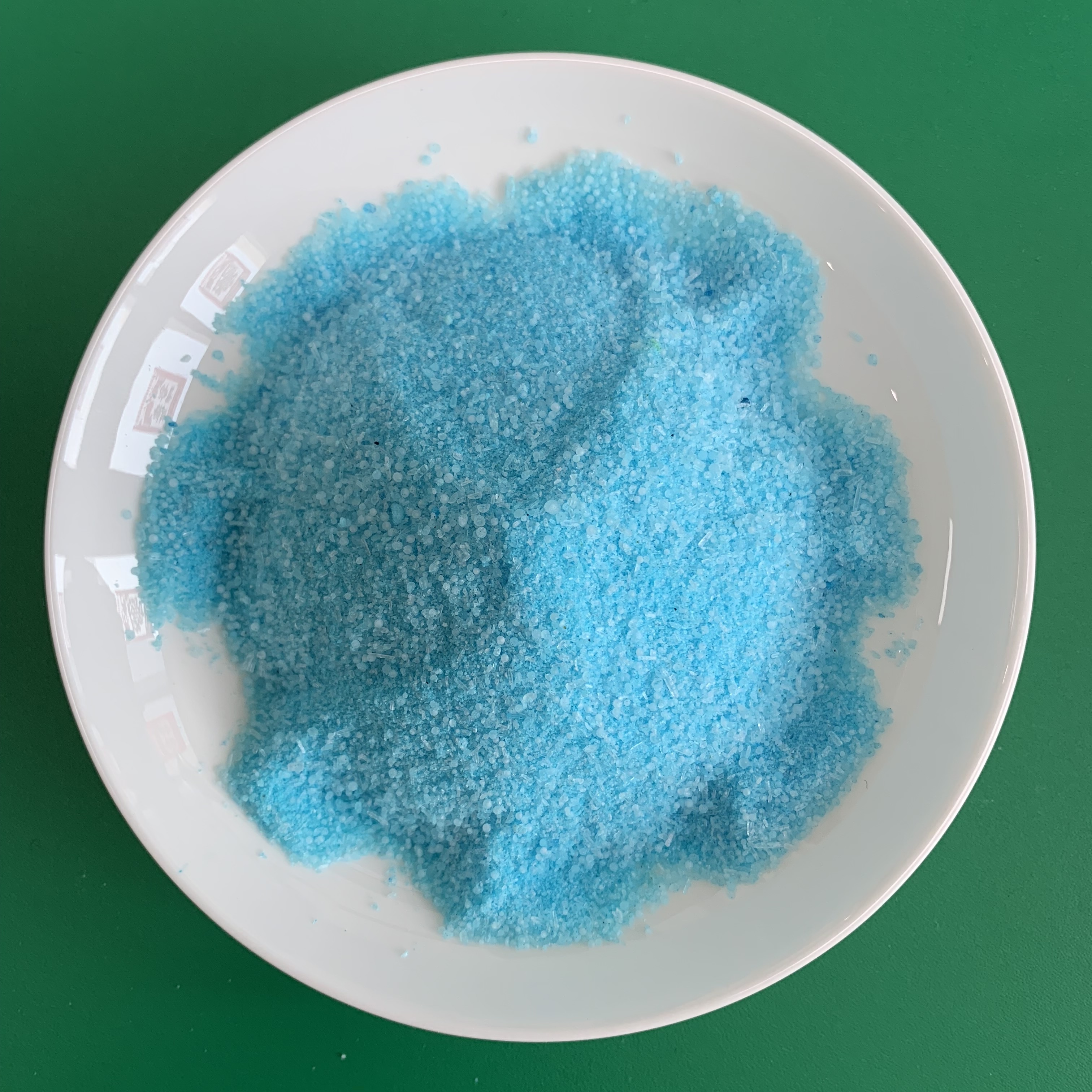



Effective Water Treatment Solutions for Portable Pools to Ensure Safe Swimming
Portable Pool Water Treatment Ensuring Clean and Safe Swimming
As the popularity of portable pools continues to surge, so does the importance of proper water treatment. These versatile pools provide fun and relaxation, but maintaining clean water is crucial for health and enjoyment. Effective portable pool water treatment can prevent waterborne illnesses, keep the water crystal clear, and extend the lifespan of your pool. Here are some essential methods and tips for treating portable pool water effectively.
Understanding Water Chemistry
To tackle pool maintenance successfully, it’s vital to grasp the basics of water chemistry. The key parameters to monitor include pH levels, alkalinity, and chlorine or bromine concentrations. The ideal pH range for pool water is between 7.2 to 7.8, which ensures that disinfectants work efficiently and enhances swimmer comfort. Alkalinity acts as a buffer for pH levels and should be maintained between 80 to 120 parts per million (ppm). Regularly testing the water using test strips or kits can help you keep these parameters in check.
Sanitization Methods
Sanitization is the cornerstone of any pool water treatment regimen. Chlorine is the most widely used disinfectant due to its effectiveness in killing bacteria and viruses. It is usually available in tablet, liquid, or granule forms. Alternatively, bromine can be used as a sanitizer for those who find chlorine irritating. It’s important to maintain a steady level of chlorine (1-3 ppm) to ensure safe swimming conditions.
For those looking for chemical-free options, UV systems and ionizers can provide additional sanitization methods. Ultraviolet (UV) light systems use light to kill pathogens, while ionizers release copper and silver ions to disinfect the water naturally. These alternative systems can reduce the need for chemicals, making them appealing for families and environmentally-conscious users.
portable pool water treatment

Regular Maintenance
Consistent maintenance is key to ensuring clean pool water. Skimming the surface daily helps remove debris, while vacuuming the pool floor weekly prevents sediment buildup. Additionally, using an appropriate pool filter is essential. Cartridge, sand, or diatomaceous earth filters, depending on your pool setup, should be cleaned or replaced as per the manufacturer’s instructions to ensure optimal performance.
Water Replacement
For portable pools, completely replacing the water every few weeks may be necessary, especially in smaller models or during heavy usage. Draining and refilling can significantly improve water quality and reduce the buildup of contaminants. When refilling, ensure that the source water is clean, and consider running a water test after filling to adjust any parameters as needed.
Conclusion
Proper treatment of portable pool water is fundamental to creating a safe and enjoyable swimming environment. By understanding water chemistry, employing effective sanitization methods, and maintaining regular upkeep, you can ensure that your portable pool remains a pristine oasis for family and friends. Remember, a little effort in water treatment goes a long way in enhancing your swimming experience. Enjoy the splashes and laughter, knowing that you’ve taken the necessary steps to keep your pool water clear and safe!
-
Why Strontium Carbonate Still MattersNewsJun.06,2025
-
Why BaSO4 MattersNewsJun.06,2025
-
Why Barium Carbonate Still MattersNewsJun.06,2025
-
Strontium Hydroxide: A Versatile Compound for Modern ApplicationsNewsJun.06,2025
-
Strontium Chloride in Daily IndustryNewsJun.06,2025
-
Pure Potassium Nitrate for SaleNewsJun.06,2025
-
What Is Sodium Bisulfate Used For?NewsMay.15,2025










